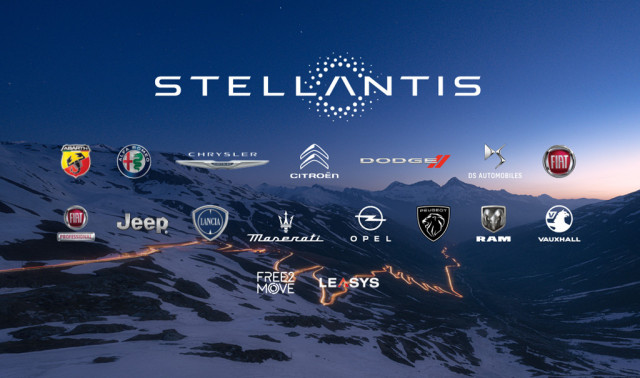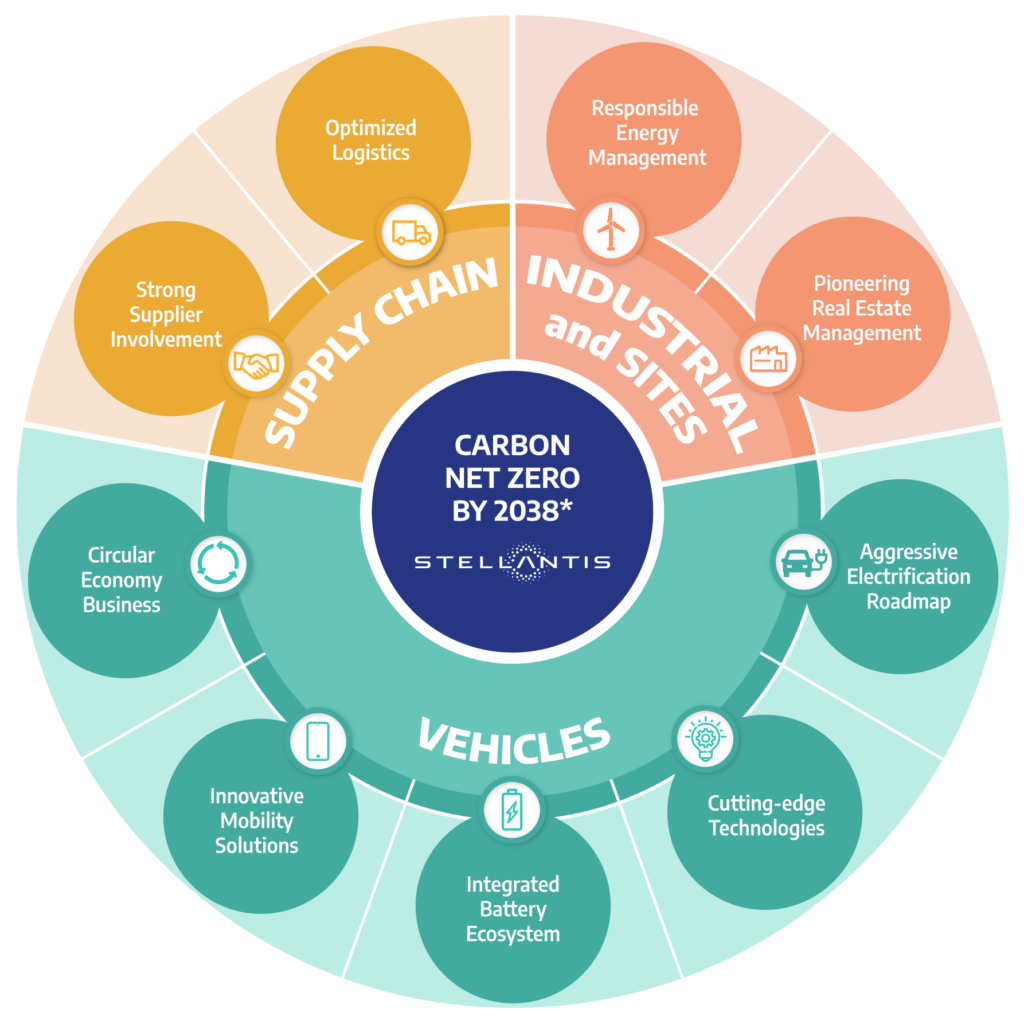What are the Stellantis Product Carbon Footprint Requirements for Suppliers?
By Brent Morin
Automakers and suppliers are drawing closer and closer together as global supply chains and the regulations that govern them become more and more integrated, and the Stellantis product carbon footprint requirements are showing the way.
European automotive manufacturers are adopting stringent sustainability requirements from their suppliers as the European Union is leading the way with sustainability regulations that impact the automotive industry like the Carbon Border Adjustment Mechanism (CBAM) and the EU Battery Directive.
Perhaps the tightest and most public requirements are coming from Stellantis, parent company to brands like Alfa Romeo, Chrysler, Citroën, Fiat, Jeep, Lancia, Maserati, Opel, Peugeot, Ram, and Vauxhall. Stellantis has 300,000 employees, sales in over 130 countries, and operates its own manufacturing facilities in 30 countries.
Stellantis now requires its suppliers to calculate their Product Carbon Footprint (PCF), the only apples-to-apples metric for product-level carbon emissions.
In this primer, we’ll explain why Stellantis now requires PCFs from suppliers, what exactly they need, other automakers that are moving toward PCF requirements, and how suppliers can adapt to these new requirements.
Why does the Stellantis Product Carbon Footprint requirement exist?
Stellantis has set an ambitious corporate goal of cutting CO2 emissions from EV parts by 40% by 2030 compared to 2021, in service of an ultimate goal of being net zero by 2038. That has led to a focus on 70 key components that comprise 80% of the total carbon footprint of an EV.
By Stellantis’ reckoning, purchased parts make up half of the total carbon footprint of their average EV. The automotive industry estimates Scope 3 emissions (which also include aspects like transportation) comprise about 75% of their total corporate emissions.
Stellantis is engaging thousands of suppliers to review how resources are used and how emissions can be minimized. In doing so, it’s updating its sourcing criteria for EV components. If suppliers don’t comply, they could be left out in the cold.

Source: Stellantis Net Zero Strategy
What is Stellantis demanding from its suppliers?
Stellantis now includes cradle-to-gate (raw material extraction to part production) climate requirements in all of its purchasing agreements.
For the top CO2 emitting components mentioned above, Stellantis now requires suppliers to fall under a emission maximum per product.
The company’s 2023 Vigilance Plan lays out even more granular goals and requirements for how suppliers can play a role in the push for Net Zero.
Selected criteria and initiatives include:
- ISO 14001 certification covering suppliers’ capacity to develop products that incorporate green or recycled materials.
- Compliance with the Paris Agreement to create a clear carbon neutrality roadmap.
- Stellantis aims to have 80% of its Annual Purchased Value coming from strategic suppliers with Paris Agreement compliant CO2 reduction trajectories by 2025. It then aims to increase that percentage to 95% by 2030.
- If suppliers don’t comply or perform, they’ll be asked to create a Corrective Action Plan that is monitored by Stellantis.
- Stellantis is already running 25 joint innovation projects with suppliers to identify and develop technology that reduces vehicle and production CO2 emissions.
In practice, most suppliers notice these goals when they are asked to complete a massive spreadsheet in order to continue working with Stellantis. This document should contain the calculated carbon footprint of all of the inputs that go into making their product. For those who aren’t schooled in the arithmetic of sustainability, it’s a daunting task.
What other automakers are asking for PCF?
With most climate regulation coming from Europe, it’s no surprise that European automakers are leading the way on supplier engagement strategies.
Companies that already require PCF or are considering adopting it include:
- BMW
- Mercedes
- Porsche
- Jaguar Land Rover
- Renault
How can Stellantis suppliers calculate their PCF?
As we mentioned above, calculating the product carbon footprint of your parts can be an expensive, time-consuming process.
You could hire a consultant, but the report they produce will only be good for a year or two, and then you’ll have to start the whole process over again (not to mention pay them again).
You could hire a new employee, but that’s expensive, and what happens when a competitor tries to poach them?
That’s why Glassdome created an straightforward easy-to-use Product Carbon Footprint platform that uses real data from your factory and suppliers to generate automated monthly reports. It cuts down on the investment of time, money, and frustration of traditional PCF reporting. And it’s ISO 14067 verified by LRQA, dramatically streamlining your reporting process.
Our consultants work with you to set up a data pipeline, and once it’s up and running it makes data collection and reporting a snap compared to traditional methods.
Sound like something you might be interested in? Get in touch and get greener and more compliant.
OEM sustainability requirements giving you a headache?
Our experts can help you automate the process with real data


